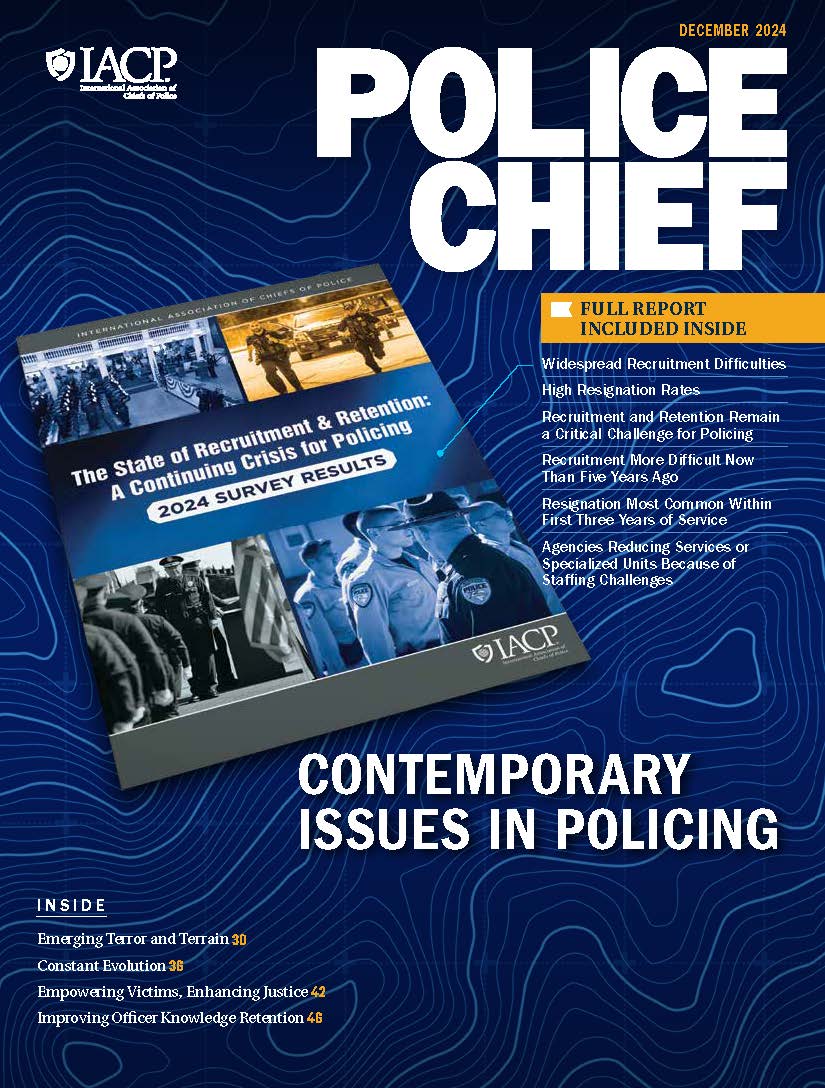Body-worn cameras (BWCs) are one of the most rapidly spreading technologies in policing today. As of 2016, the U.S. Bureau of Justice Statistics estimated that 60 percent of local police departments and 49 percent of sheriffs’ offices in the United States were using BWCs for all of their officers.1 The U.S. federal government has facilitated this trend by providing tens of millions of dollars for BWC acquisition and training since 2015. The adoption of BWCs in the United States has been propelled by a crisis of legitimacy in policing, caused largely by controversial police shootings and the perception of aggressive crime control techniques, particularly in minority communities. Advocates of BWCs believe that the use of these cameras can reduce unjustified use of force by police, promote accountability for police misconduct, discourage unfounded or frivolous complaints against police, and improve community-police interactions more generally. However, some have also worried that BWCs might encourage de-policing, encroach on individuals’ privacy, discourage crime reporting and cooperation from community members, or have other unintended effects. There are also questions about the best uses and policies for implementing BWCs. Nonetheless, widespread adoption has moved forward in the absence of much evidence to guide police on these issues.


